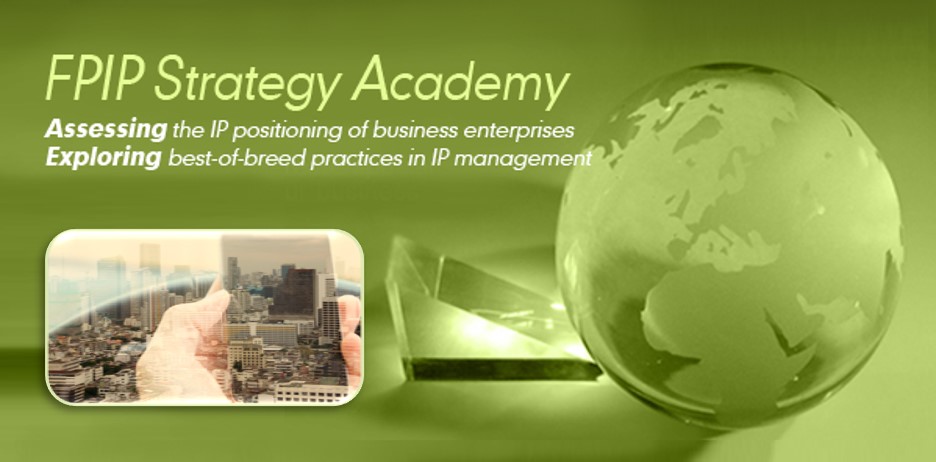 The fragile state of the eurozone at present has impacted the current thinking of decision makers in SMEs on selecting best practices to weather the storm during this economic turmoil, relegating IP strategy to the sidelines. Strict budgeting and cost-cutting discipline have become the guiding principles for IP management during this state of crisis and flux. The budget for intellectual property firms serving as outside counsel is popping up as ripe for the picking in order to slash expenses to buoy the bottom line.
The fragile state of the eurozone at present has impacted the current thinking of decision makers in SMEs on selecting best practices to weather the storm during this economic turmoil, relegating IP strategy to the sidelines. Strict budgeting and cost-cutting discipline have become the guiding principles for IP management during this state of crisis and flux. The budget for intellectual property firms serving as outside counsel is popping up as ripe for the picking in order to slash expenses to buoy the bottom line.
With a similar mindset, albeit a bit tongue in cheek, attorney Rees Morrison writes about patent cost on the Law Department Management blog why “Alternative Firm Arrangements surpass Alternative Fee Arrangements for cost control.”
With all the hullaballoo about fees – discounts, fixed, blended, effective, contingent – we have overlooked a much more significant lever to shift costs: the law firm and its staffing and billing practices. A firm’s number of lawyers and its billing ethos go together; bigger firms have bigger cars to move, so to speak, and therefore press harder on both the staffing and billing pedals.
I am gravitating toward the belief that law departments need to change firms, not fees, to really move the needle. Put metaphorically, a fixed-fee arrangement with an expensive firm is hoping the emu can high jump. Hourly billing by a frugal firm is not worrying about a hummingbird over-eating.
The take-home point here is that AFAs probably won’t move the needle in a company’s quest for optimized cost containment. Factoring Cheryl’s points in as well, the value equation becomes a double-edged sword – the adage you get what you pay for needs to be pondered carefully in the context of the overall IP strategy when assessing whether absorbing the overhead of large intellectual property firms really is justified in exchange for peace of mind and presumably additional oversight.
What is the cost of securing IP rights? A lot . . . a whole lot, when one factors in the far-reaching and diverse resources that go into getting a new venture off the ground, or advancing a strategic position in a competitive or shifting industry. At the end of the day, the value of the IP rights one attains is the value in serving the company’s business goals and legal needs (both defensively and offensively). While one can quibble about patent cost and how to put a price on such value, it is certain that focusing on the tangible numbers is only one aspect of the equation, while the “what if” scenarios and their outcomes may be the outweighing components to tip the scales dramatically in a company’s favor.

